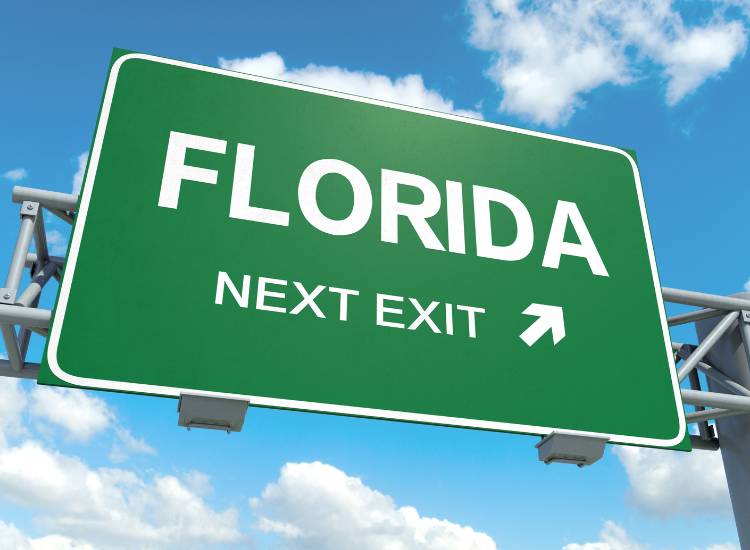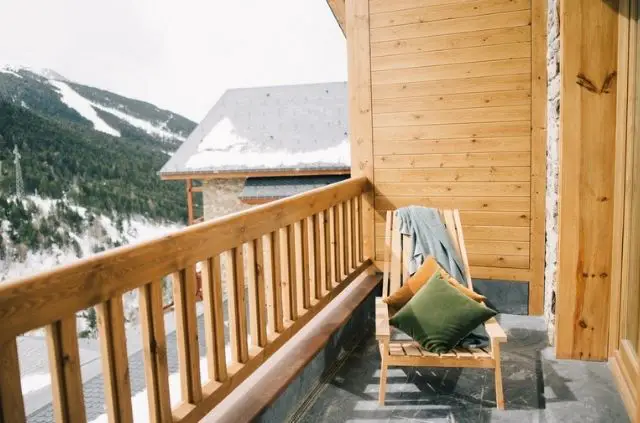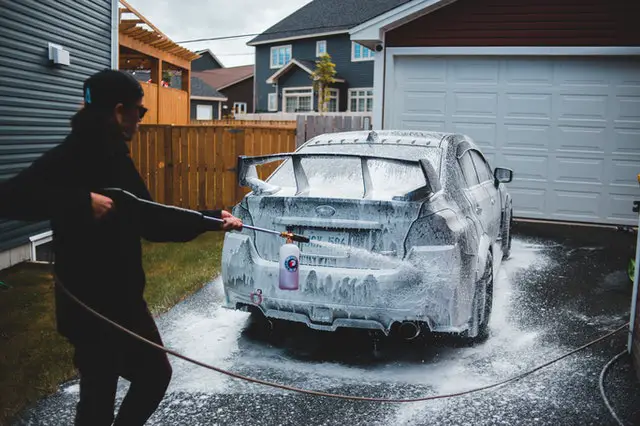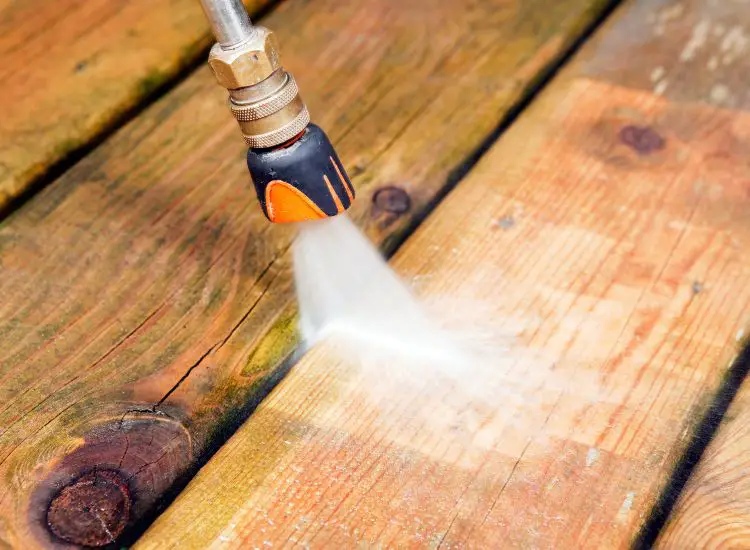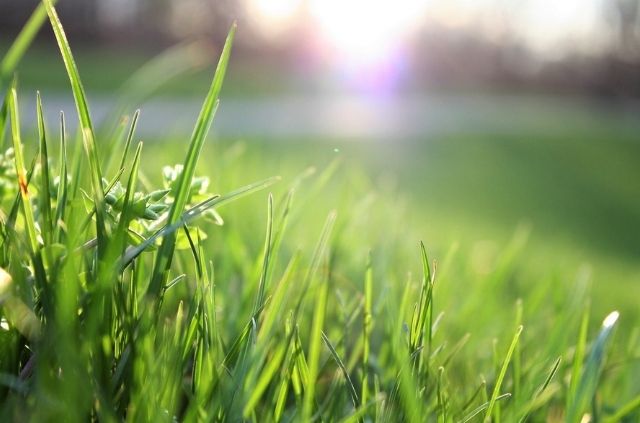How to Pressure Wash Artificial Grass
Having an artificial grass lawn can be a great addition to the outside of your home. It’s low maintenance, there won’t be any dead spots, and you only need to water it for cleaning. In this article you will learn how to pressure wash artificial grass to keep it looking perfect year round.
Why Artificial Grass Should be Cleaned
- Maintain color: If you want to preserve that rich artificial grass, it needs to be washed on a regular basis. Over time normal wear and tear will make the grass fade in color. Using a pressure washer will help remove dirt, grime, and other contaminants from the surface. The grass blades will be much more cleaner when finished.
- Odor Removal: Homeowners most often install artificial grass if they have pets. It becomes much easier to see and pick up what these animals leave behind. However, there is one downside to pets going to the bathroom outside. Over time the artificial grass will begin to smell, which can only be removed with soap and a pressure washer.
- General maintenance: The most important thing to know about having an artificial grass lawn is that the material is low maintenance – not no maintenance. Just like mowing real grass on a weekly schedule, this type of turf requires some upkeep. If you don’t clean and wash your artificial grass it will look dirty and wear out much quicker.
How to Pressure Wash Artificial Grass
There’s far more to pressure washing artificial grass then spraying down your lawn with water. You need to use a high quality soap and let the cleaning solution dwell, before using an odor eliminator on the turf.
This regular maintenance will keep your lawn looking good for a long time and prevent any nasty smells.
1. Blow Off Debris
Before pressure washing artificial grass, you will need to remove any debris on the turf. This can be completed in just a few minutes with a leaf blower.
Walk from side-to-side in a consistent pattern and blow off any leaves, sticks, or pine needles that have landed on the artificial grass. You want to get the surface as clean as possible before washing. If you don’t have a leaf blower, try using a broom instead.
Make sure you have a broom with a long handle, so you can save your back in the cleaning process. Just be careful when removing older leaves that are dried up. These can be very fragile and break apart when sweeping. When they disintegrate into smaller pieces there will be a bigger mess to clean.
2. Apply Soap
The next step is to use a multi-purpose soap that will help clean the blades of the grass. If your machine has a built-in soap holder, you can pour this liquid directly into the canister. Spray the artificial grass down using the white nozzle.
This attachment is specifically made for applying soap and it creates the widest spray pattern when in use. The most important thing to keep in mind is to use a dedicated pressure washing soap.
Avoid using harsh chemicals like bleach, as they are not meant to pass through your machine. Bleach can actually corrode important components in the pressure washer, which will cause long term damage. Bleach can also be harmful around people and pets.
3. Rinse
Allow the soap to sit for a few minutes before rinsing it off. This dwell time will help the cleaning solution mix in with all of the dirt embedded in the blades of the grass. Just keep an eye on the soap if your lawn is in an area that gets a lot of sun exposure.
The soap should not completely dry, because it will need to be applied again. You can then rinse the cleaning solution off once it has been applied to all areas of your lawn. Make sure that there isn’t any remaining soap coming out.
Continue using the white nozzle to rinse off the surface. You don’t want to use any nozzles smaller than this. Tighter nozzles will be too aggressive and can potentially cause damage to the infill.
4. Use Odor Eliminator
After successfully pressure washing artificial grass, you can finish up by applying odor eliminator. This will kill any remaining bacteria and it will prevent unwanted smells from emerging in the future. Odor eliminator will remove the toughest smells caused by pets, instead of covering them up.
It’s non-toxic, biodegradable, safe for humans, and pets. Even if you don’t have any pets, it’s sill a good idea to follow up pressure washing with an odor eliminator.
Most lawns are not perfectly designed for proper drainage, which means there will be puddles. These water spots will soak into the turf and cause unwanted smells with age. This can be solved by using an odor eliminator on a regular basis.
Downsides of Artificial Grass
Even though artificial grass has many benefits, there are some downsides compared to natural grass. The biggest drawback is the price.
The average cost of artificial grass is about $20 per square foot. That means if you have a smaller lawn of only 500 square feet, it will still cost $10,000 for a professional installation!
- Can be expensive
- Doesn’t look real
- Still requires maintenance
- Artificial grass will fade
- Melts in hot weather
- Will smell from pets
The good news is you won’t have to cut the lawn once a week. That means there won’t be a need to outsource lawn maintenance, or buy a lawn mower and keep up with repairs.
Even though artificial grass will cost more up front, you can save much more money in the long term.
Artificial Grass Infill
When it comes to pressure washing artificial grass, you will often hear people talking about the infill. This refers to the material placed in between the synthetic grass blades.
Infill allows theses grass blades to stand up and return back to their upright position after people, or pets have walked over the surface. It gives the turf a more natural look and feel. Infill also helps protect the bottom layer of the turf from harmful UV rays.
Because the turf is exposed to the sun all day, this initial layer can become damaged over time, which is why infill can help. But this infill can actually get removed with high amounts of water pressure. That’s why it’s so important to use the least aggressive nozzle attachment when washing.
Pressure washers have the power to strip paint right off of wood, but you don’t need this when working with turf. Make sure to use a cleaning nozzle with a wide spray pattern, in order to preserve this fragile layer within the artificial grass.
Conclusion
Hopefully this article has helped you understand how to pressure wash artificial grass. Even though turf requires less maintenance than a traditional lawn, there is some level of upkeep needed.
Whether or not you own pets, the artificial grass will become discolored over time and it will start to smell. That’s why you need to use a high quality detergent to preserve the rich color of the turf and use an odor eliminator to keep smells away.
This cleaning process should be done at least once a month, or on a regular schedule. The longer you wait to wash artificial grass, the longer it will take to clean.
Further Reading
Search Terms
- How to pressure wash artificial grass
- Downsides of artificial grass

